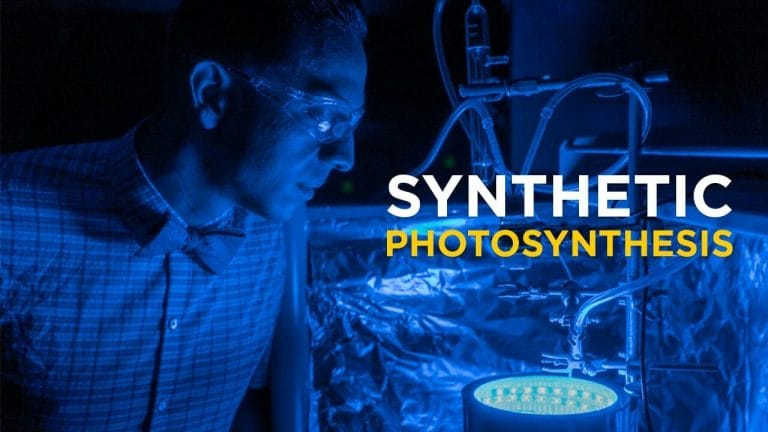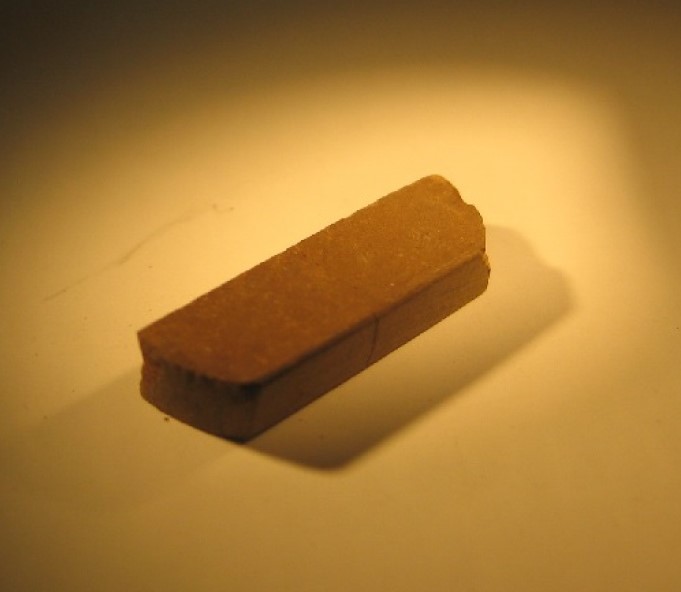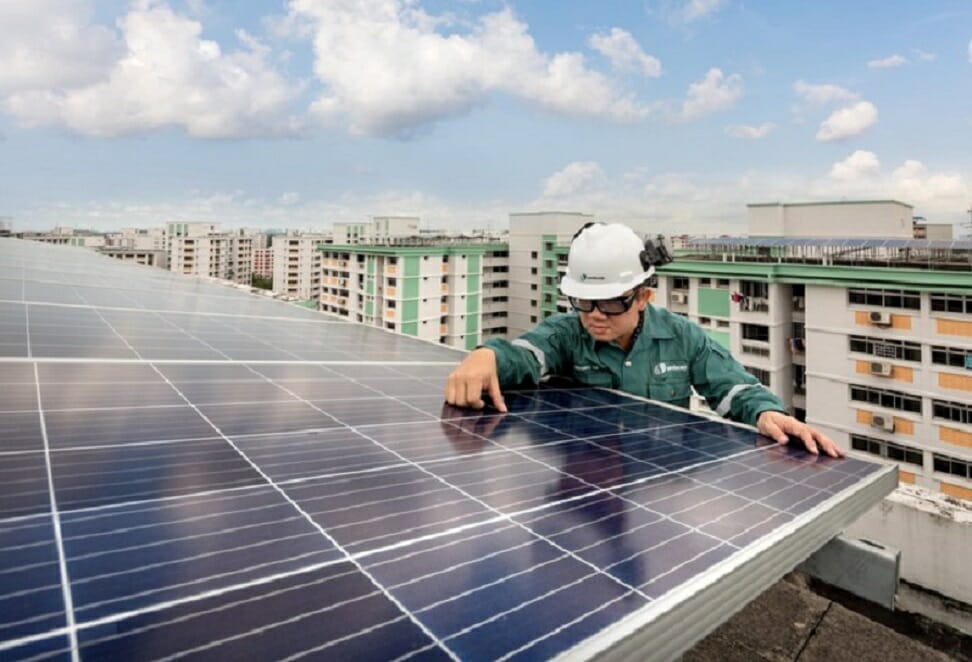Fernando Uribe-Romo, Assistant professor at UCF has just created a method to trigger the process of photosynthesis with synthetic material and create solar fuel at the same time.
Uribe-Romo and his student research team had created a way to trigger a chemical reaction in a synthetic material called metal-organic frameworks (MOF). The reaction breaks down CO2 into harmless organic materials. Think of it as artificial photosynthesis but instead of using C02 and sunlight to create food and emit oxygen, it creates solar fuel and emits other harmless compounds.
Source: Youtube, University of Central Florida
This method is something scientists from all over the world have been trying to do for years, but they always fall short when it comes to gathering visible sunlight efficiently enough to trigger a chemical reaction, as there are only few materials that can harness all of the visible colors to trigger the reaction, and the ones that do are rare and expensive, like platinum and iridium.
What Uribe-Romo did was use titanium, which is common and nontoxic, and added organic molecules called N-alkyl-2-aminoterephthalates to act as light-harvesting antennae. The organic molecules can be designed to absorb specific colors of light when added to the MOF, and in his experiment, he configured it to blue.
To test it out, his team had assembled a blue LED photoreactor. Then, measured amounts of CO2 where slowly fed into the glowing blue cylinder similar to a tanning bed to see if any reaction would occur. The method had worked and successfully transformed CO2 into reduced forms of carbon, formate and formamides (two kinds of solar fuel) and in the process cleaning the air.

Source: EurekAlert!
“The goal is to continue to fine-tune the approach so we can create greater amounts of reduced carbon so it is more efficient,” said Uribe-Romo.
He wants to test out other wavelengths of visible light next to see if it can also trigger a reaction with the adjusted synthetic material. If it does, then the process could be a whole new and long awaited way of reducing greenhouse gasses.
“The idea would be to set up stations that capture large amounts of CO2, like next to a power plant. The gas would be sucked into the station, go through the process and recycle the greenhouse gases while producing energy that would be put back into the power plant.”
Article Sources:
















